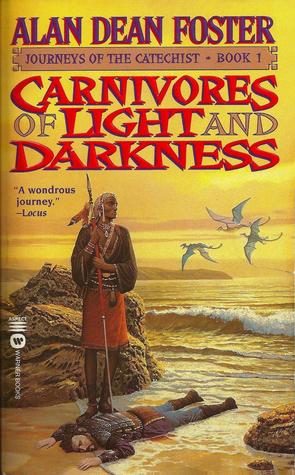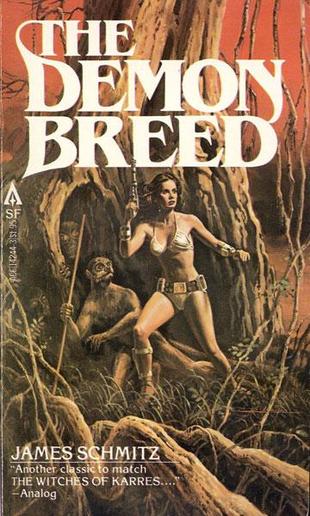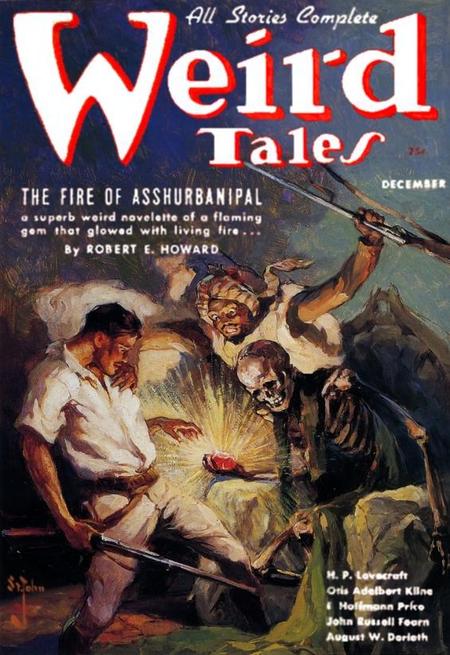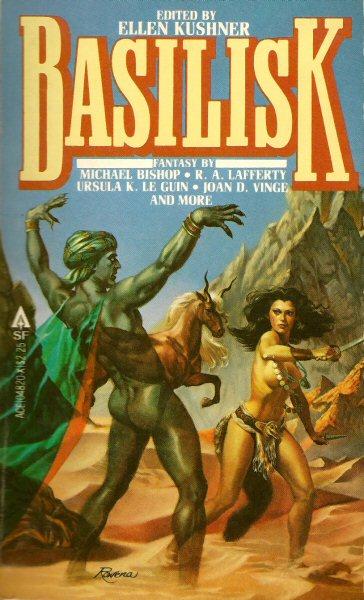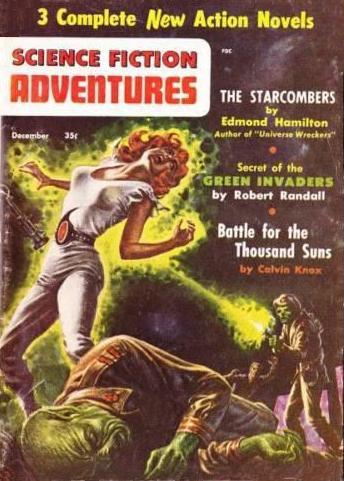Ancient Murders and Eerie Late-Night Funerals: The House by the Churchyard by Sheridan Le Fanu
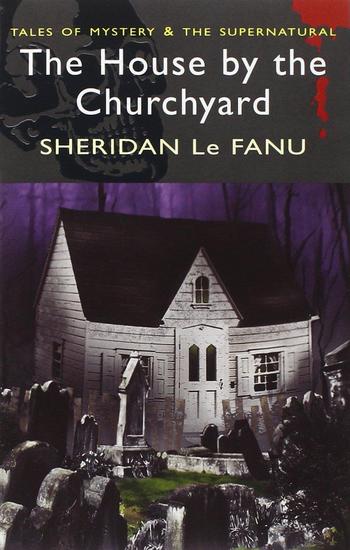 |
 |
The House by the Churchyard by Sheridan Le Fanu (Wordsworth Editions, August 2007)
It’s been a while since I’ve carved money out of my monthly Amazon budget to order a few more splendidly creepy titles from Wordsworth Editions’ Tales of Mystery and the Supernatural line — or, as we like to call them, TOMAToS. I always have a few on my wishlist (they’re marvelously inexpensive), and in my last order I made room for Sheridan Le Fanu’s famous 1863 novel The House by the Churchyard.
The Irish writer Sheridan Le Fanu was the author of Carmilla (1872), one of the earliest vampire novels, as well as the gothic classic Uncle Silas (1864), and the collection In a Glass Darkly (1872). He’s often called the leading ghost-story writer of the nineteenth century, and M. R. James described him as “absolutely in the first rank as a writer of ghost stories.” The House by the Churchyard is considered one of his finest works, and indeed, one of the greatest gothic horror novels of the era.
